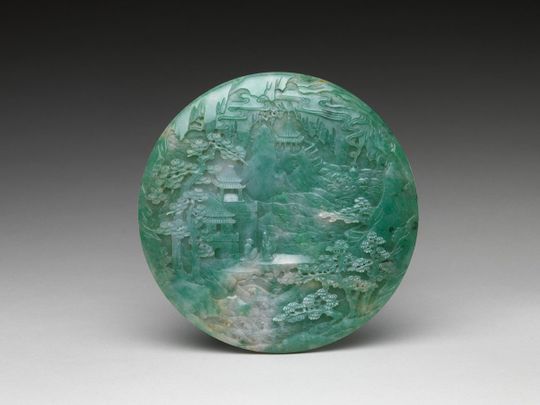
Emeralds, rubies, jade and cat’s eye – we have our favourites when it comes to gems and jewels. But there exist dozens of varieties, each more beautiful than the next.
Click start to play today’s Word Search, where you can spot different kinds of gemstones.
In our puzzle today, see if you can find a tsavorite. A fairly new entrant into the jewellery world, it was discovered in 1967 and introduced to the industry in 1974. The lush, green gem can be found in only one place on Earth – Africa. It’s even named after the Tsavo National Park, one of the oldest parks in Kenya.
Although the tsavorite resembles the emerald, it is actually a more expensive version of a garnet. Since garnets are usually red, the tsavorite’s unexpected bold green hue, and its rarity make it one of the most desirable emerging gemstones of the modern age.
Next on the list is another green beauty, the jadeite – a rarer, harder variety of jade. Known as ‘imperial jade’, this gemstone is highly valued, especially in China, where it was used to create intricate carvings in past eras. Occurring in metamorphic rocks that undergo high pressure deep below the Earth, jadeite is rare and has been found in Myanmar and some parts of Japan, Kazakhstan and Russia.
The name jadeite comes from the Spanish phrase piedra de ijada, meaning “stone of the side” – people would rub the stone against their sides, believing it to cure kidney ailments. Today, jadeites can cost as much as $3 million (Dh11 million) per carat. In fact, in 1997, a jadeite bead necklace called the ‘Doubly Fortunate’ was sold at Christie’s auction house in Hong Kong for a whopping $9.3 million (Dh34 million)!
Finally, spot another stone – citrine – in today’s Word Search. From the French word citron, meaning ‘lemon’, citrine is a variety of quartz that can be found from a faint yellow to a deep brown hue. Of all semi-precious gemstones, citrine is the second most popular, after blue topaz, according to the online website Jewellery Shopping Guide.
Affordable and always in high demand, citrine’s popularity is causing it to become increasingly rare. Since it’s found in the mountainous regions of Brazil and Bolivia, it is already quite rare in Nature – as a result, smoky quartz and purple amethyst, both less expensive stones, are commonly heated to look like citrine and sold in its place.
Do you have a favourite gemstone? Play today’s Word Search and share its story with us at games@gulfnews.com.







